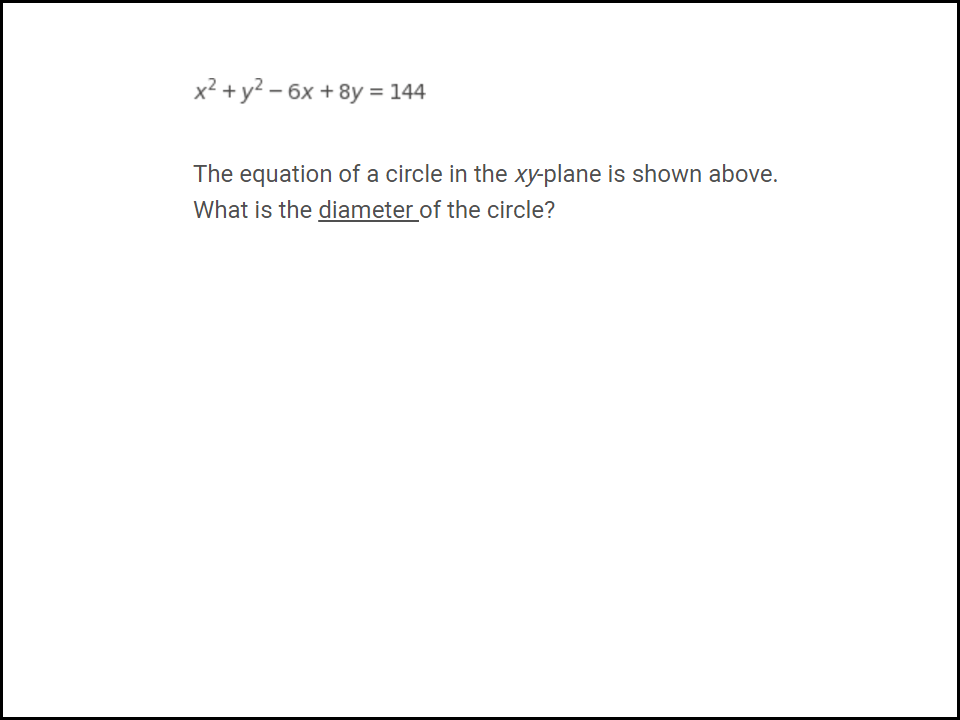

What’s the difference between SAT® raw scores and SAT® scale scores? How are they calculated?Īs noted in the prior question, SAT® raw scores are equivalent to the number of correct answers you got in a section. This means your total SAT® score can range from 400-1600. This is then converted using a scoring chart to output your Math Section Score (between 200-800). For this section, you add the raw score (the number of correct answers) from both the no calculator and calculator sections to get your math section raw score. This number is multiplied by 10 to get your Evidence-Based Reading and Writing Section Score (between 200-800).įinally, there is your math score. From your raw score, a Writing and Language Test Score is calculated between 10-40.Īdding your Reading Test Score and Writing and Language Test Score becomes your Reading and Writing Test Score (which ranges from 20-80). This is equal to the number of questions you get right out of the 44 questions in this section. Next, there is your writing and language test raw score. From your raw score, a Reading Test Score is calculated between 10-40. This raw score is equivalent to the number of SAT® Reading questions you get correct on the test (there are 52 in total). When calculating your SAT® score, there are a few key components:įirst, there is your reading test raw score. The test went back to being scored out of a total possible 1600 points. When the SAT® revamped in March of 2016, scores became easier to calculate.
#Psat math practice test interactive for free
You can also call our office at (800) 685-6986.If you’re looking for free help as you start your SAT® test prep, be sure to explore our SAT® sections for more review articles ( Math, Reading, Writing ) How do you calculate SAT® scores? If you are interested in bringing Digital Adaptive PSAT Practice Tests to your school, please contact Matty Steiner, Adam Ingersoll, or Bruce Reed. Please see further details on this page to learn more about the testing platform, the reporting tools, and the scheduling options and logistics involved. We also create group reports to help you identify class-wide trends in performance and National Merit potential.

This is not an official College Board PSAT however, it does provide students with the experience of taking a digital adaptive test that mimics the content and structure of the 2023 PSAT.įollowing completion of the exam, our individual score reports (see demo below) provide detailed analytics of each student’s strengths and weaknesses. The exam can be flexibly administered-on-campus or at-home-on school days or weekends that are convenient for your community. The digital, adaptive PSAT practice test mimics the interface, question types, and test structure that College Board will formally unveil in the near future. Students deserve the opportunity to pilot the new format before it counts in 11th grade and of equal importance, schools could greatly benefit from a low-stakes “trial run” before they are required to host the digital PSAT on their campuses.Īt Compass, we have been building out our digital testing platform for years, and we are proud to share our digital, adaptive PSAT practice test with partner schools across the country. While the College Board has assured schools and families that the final paper-based administration in October will be useful to sophomores, it will obviously lack the experiential value of taking a digital exam. Consequently, the class of 2025 will be the *first* to take the computer-based PSAT/NMSQT for national merit qualification.

As we have reported in our blog, the digital, adaptive PSAT will replace the paper-based assessment in the fall of 2023.


 0 kommentar(er)
0 kommentar(er)
